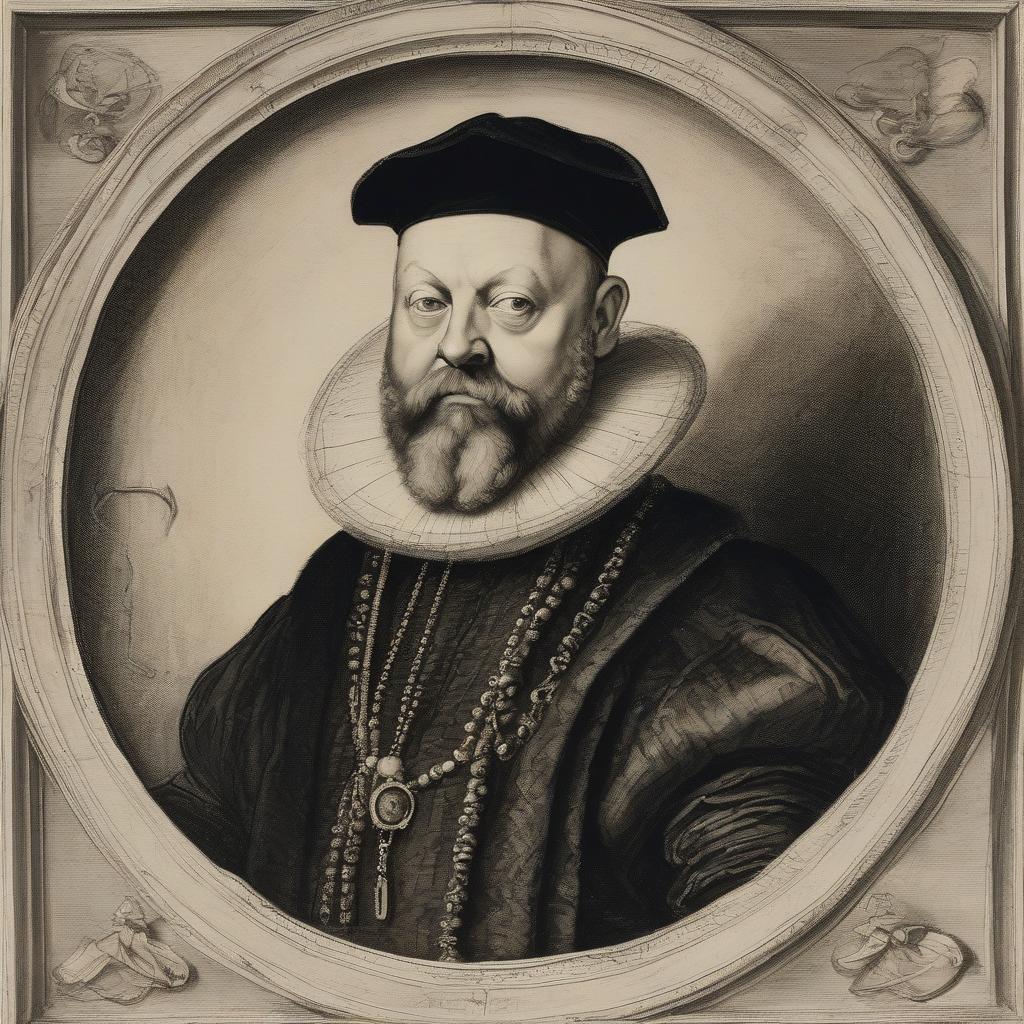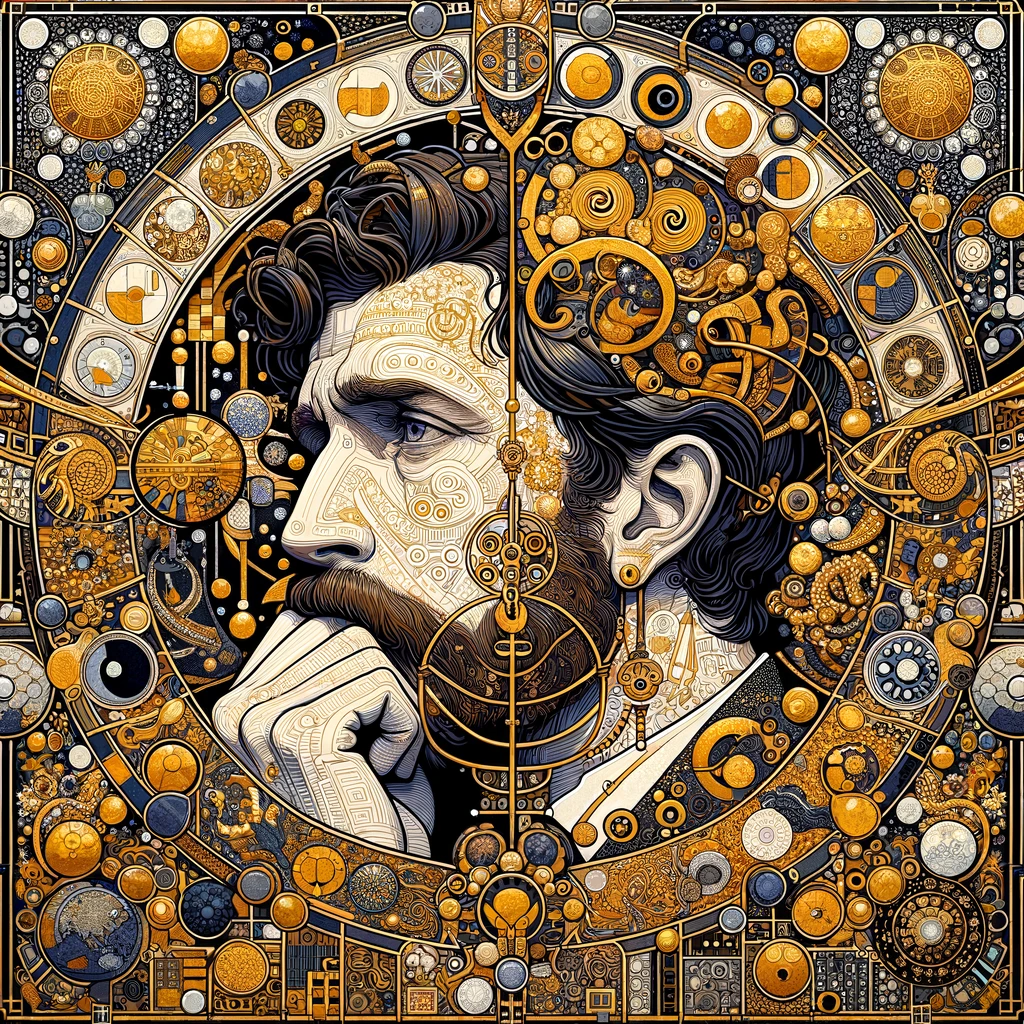-
AI: How would François Chollet criticise Paul Jorion’s manuscript?
In the same vein as my AI: Are Hinton’s and Jorion’s Views on Co-Evolution Compatible? a fortnight ago. Today, this AI: How would François Chollet criticise Paul Jorion’s manuscript?.
The…
-
AI: Are Hinton’s and Jorion’s Views on Co-Evolution Compatible?
 Illustration by ChatGPT 4o
Illustration by ChatGPT 4oAI: Are Hinton’s and Jorion’s Views on Co-Evolution Compatible?
Hinton’s view on co-evolution
Geoffrey Hinton’s work implicitly sketches a re-imagining of evolution itself – one played out on silicon rather than in carbon. He often likens gradient descent…
-
On the puzzling behavior of generative AIs: What to make of recent interpretations of the inner workings of Claude, Anthropic’s large language model?

Illustration by DALL·E
On March 27, 2025, Anthropic published a set of innovative analyses in its article On the Biology of a Large Language Model (LLM), constituting an in-depth exploration of the internal workings of its Claude 3.5 Haiku model.…
-
Video – Wow! Maya and I: Sci-Fi is Here to Stay!, March 9th 2025
Talking to the amazing new conversational tool from sesame.com
-
Intelligence & Société N°6, an English-speaking review by NotebookLM

-
Intelligence & Société N°5, an English-speaking review by NotebookLM
-
Intelligence & Société N°3, an English-speaking review by NotebookLM
-
Video – LLMs: Will we run out of data?
Synthetic data will be plenty and of a higher standard than human-produced
-
Exploring the Frontiers of AI and Society: My Journey as a Speaker and Columnist
In recent weeks, I have had the privilege of speaking to audiences in Lille, Brussels and Nîmes about the societal and ethical dimensions of large language models (LLMs). These discussions, sparked by my latest book, La Singularité. L’humain ébranlé par l’intelligence artificielle, have brought me face-to-face with the pressing questions and challenges posed by artificial…
-
A NEW “US” FOR NEW TIMES. XV. Updating the “us” within a technological context

Illustration by DALL·E
Updating the “us” within a technological context
In the same way as Linnæus positioned us among the anthropoid apes, now the existence of intelligent machines sets us in a family of intelligent beings where living creatures and machines…
-
“Progress in AI is slowing down” = fake news
Demis Hassabis, who recently won the Nobel Prize in Chemistry for his work in AI, is sceptical about an article published four days ago:

He does so (under a pseudonym) in the video below. What he says is very interesting (‘there’s no proof that…
-
A NEW “US” FOR NEW TIMES. XIV. Intelligence: A defining feature of our pride

Illustration by DALL·E: “The human being worshipping his own intelligence”
Intelligence: A defining feature of our pride
Humankind’s intelligence has always been praised by humans as maybe their defining quality. Animals around us display some of this intelligence but to a…
-
A NEW “US” FOR NEW TIMES. XII. AI has the great disadvantage of being … artificial
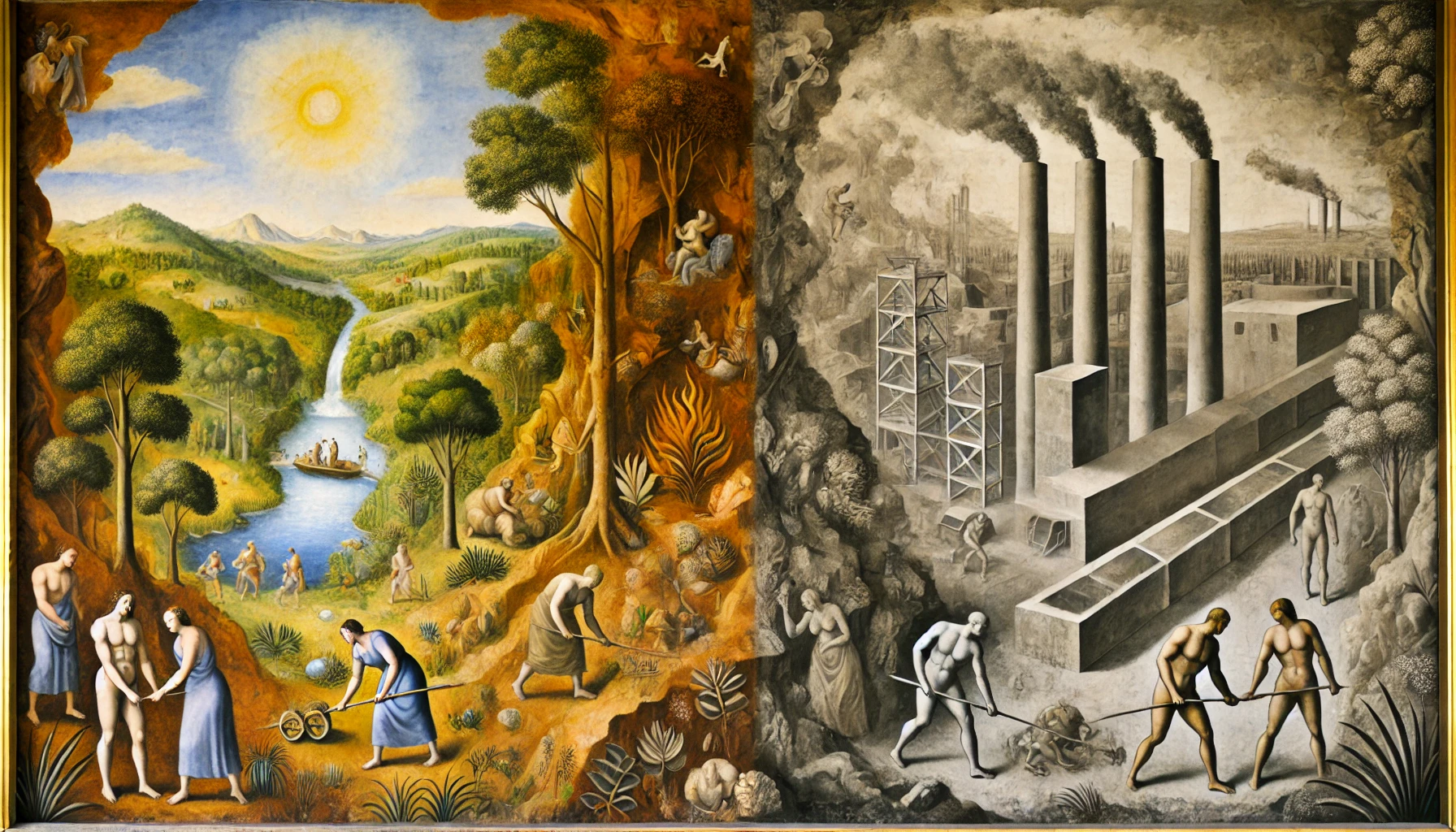
Illustration by DALL·E
AI has the great disadvantage of being … artificial
This does not mean however that scientific research had become an easy pursuit in the West from the 16th century onwards: the image of the tree of knowledge’s forbidden fruit…
-
A NEW “US” FOR NEW TIMES. XI. Why were we caught off-guard by AI?
-
A NEW “US” FOR NEW TIMES. X. The rise of the LLMs
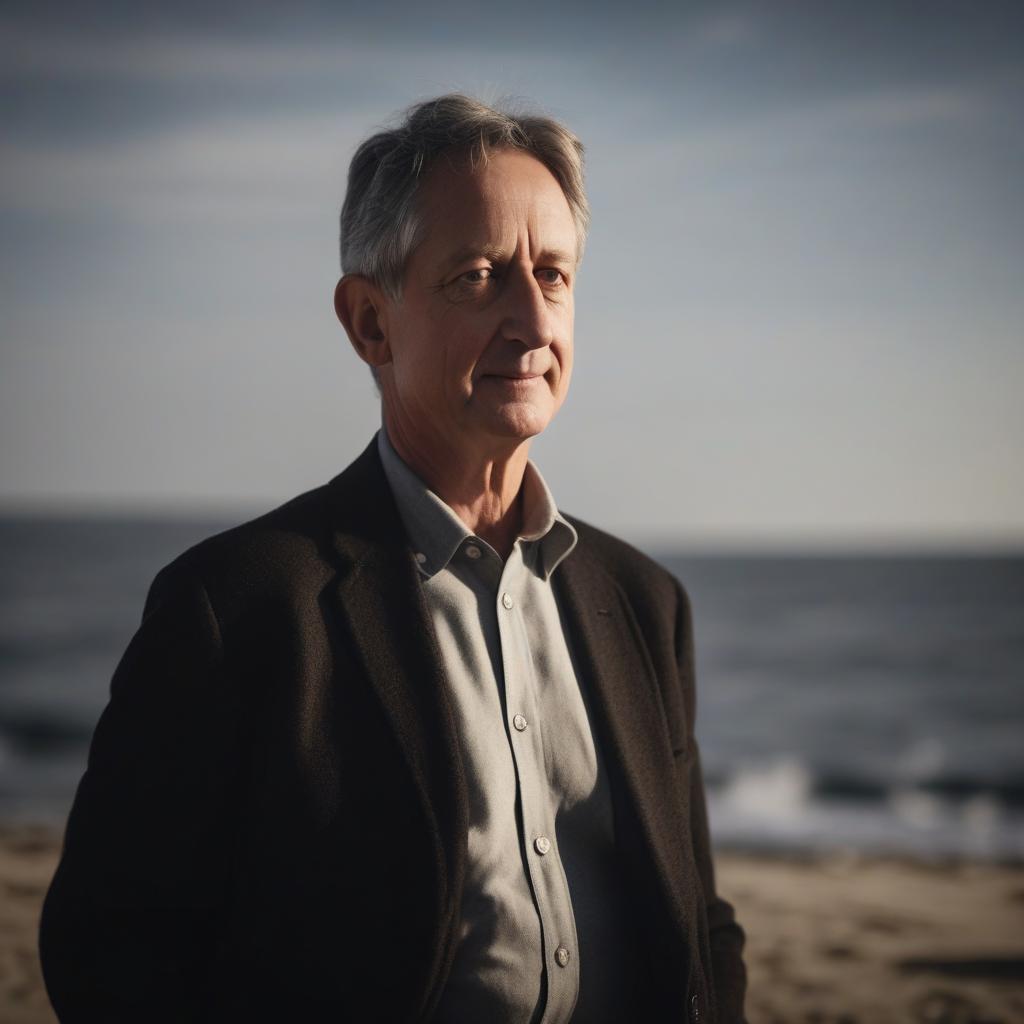
Portrait of Geoffrey Hinton by Stable Diffusion
The rise of the LLMs
This is the way things stood before some recent events that led Geoffrey Hinton to make a disturbing statement. Geoffrey Hinton is the mastermind behind Large Language Models such…
-
A NEW “US” FOR NEW TIMES. III. East and West

Illustration by DALL·E of Marco Polo discovering China
East and West
In the conceptualisation of the advent of artificial intelligence on a par with human intelligence, there are major differences between the West and the East: between the civilisations and the range…
-
A NEW “US” FOR NEW TIMES. II. Decentring and refocusing the definition of “us”
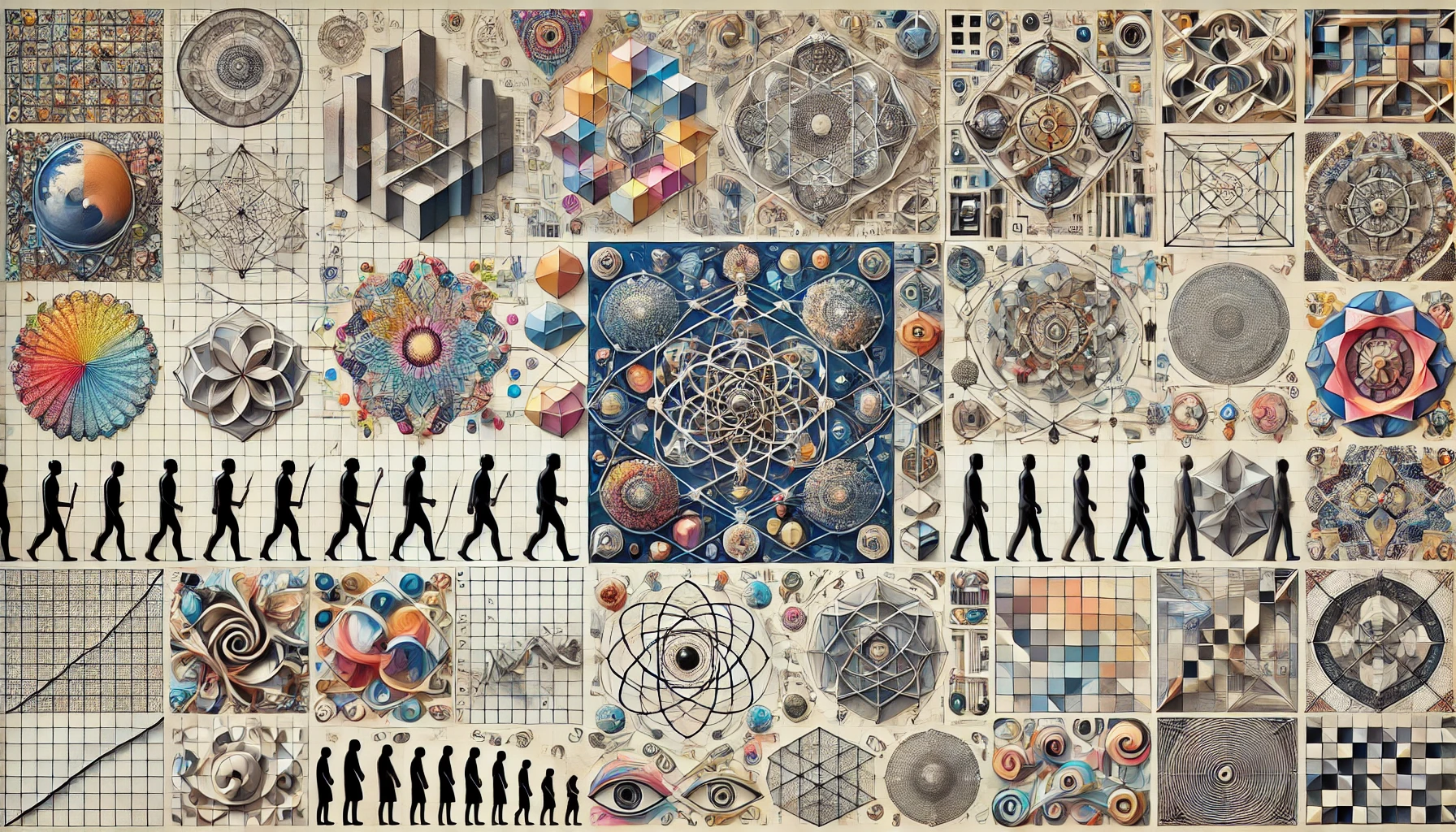
Illustration by DALL·E from the text
Decentring and refocusing the definition of ‘us’
Who do we think we should protect as a last resort, the members of a strictly defined ‘us’ with some and a vaguely defined ‘us’ among others, when things…
-
A NEW “US” FOR NEW TIMES. I. Who are we? Where do we go from here?

Illustration by DALL·E (+Michelangelo) (+PJ)
I. Who are we? Where do we go from here?
If we examine this essential question of understanding who we are and what we are experiencing at this unprecedented moment, we see that the history of humanity…
-
A review of « L’avènement de la Singularité. L’humain ébranlé par la Singularité » by the two chatting IAs at NotebookLM
L’avènement de la Singularité. L’humain ébranlé par la Singularité was released by Textuel publishers in Paris in March of this year.
Here is what the chatting IAs at NotebookLM, a Google product think about it.
-
‘The prince and the honest man facing the Singularity’, AOC, March 5th 2024
